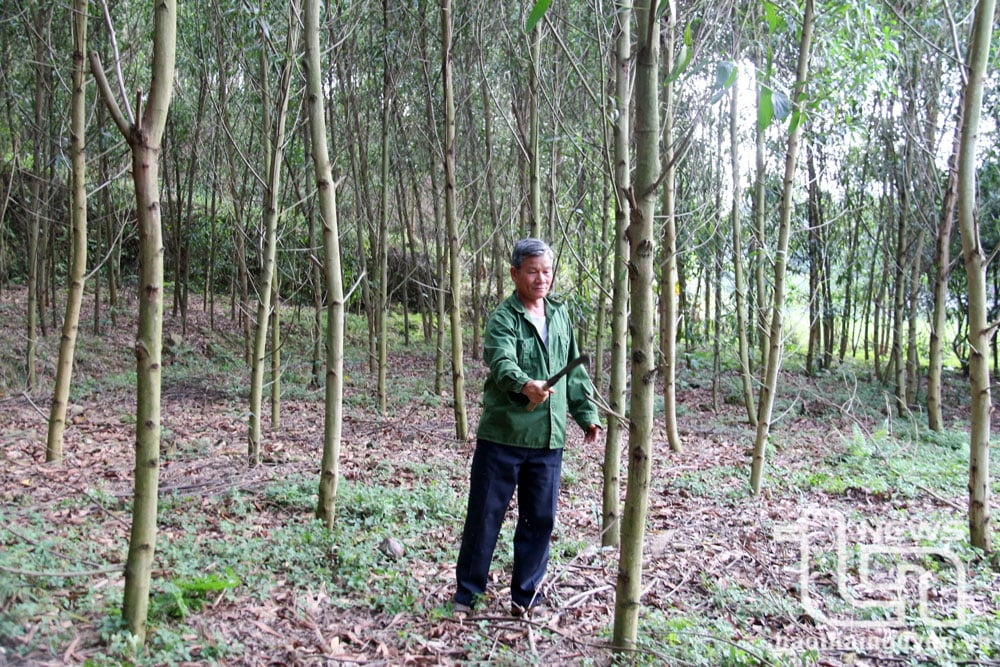 |
| Thanks to the focus on developing the forest economy , the income and life of Mr. Dang Van Sinh's family in Cau Cong hamlet, Tan Khanh commune (Phu Binh) are increasingly improved. |
Realizing the potential for development from forestry land, the Commune People's Committee has proactively implemented many solutions to improve the economic efficiency of forests. The focus is on mobilizing people to convert ineffective crop areas to production forests, with the main tree being hybrid acacia - a tree variety suitable for local climate and soil conditions.
Along with propaganda work, local authorities also create conditions for people to access preferential loans to invest in production development. Many households have boldly converted areas of depleted natural forests or low-yield fruit trees to concentrated forest plantations, using high-quality forestry varieties. In the period of 2021-2024, the whole commune has newly planted over 160 hectares of forest; the forest cover rate remains stable at over 33.96%.
Along with developing the planted forest area, the Commune People's Committee also annually coordinates to organize training courses on planting techniques, forest care and protection, and forest fire prevention. Thanks to being equipped with systematic knowledge, many households have effectively applied technical processes, thereby improving the quality of planted forests.
Mr. Dang Van Sinh, in Cau Cong hamlet: My family has 6 hectares of forest. After attending technical training courses, I applied the correct process and found that the acacia area grew faster and better, limiting pests and diseases. After 7-8 years of care, I earned about 170 million VND/ha of acacia. Thanks to that, I have the conditions to invest in more production machinery such as harvesters, harrows and trucks to develop the family economy.
In order to increase the economic value of forests, Tan Khanh commune is focusing on mobilizing people to convert from small timber forests to large timber forests; encouraging intensive development, forming concentrated production forest areas. Up to now, hamlets such as Cau Cong, Ke, Bang Tranh, Na Ri, Cau Ngan, Ngo have built production forest models in the direction of goods, contributing significantly to local economic growth.
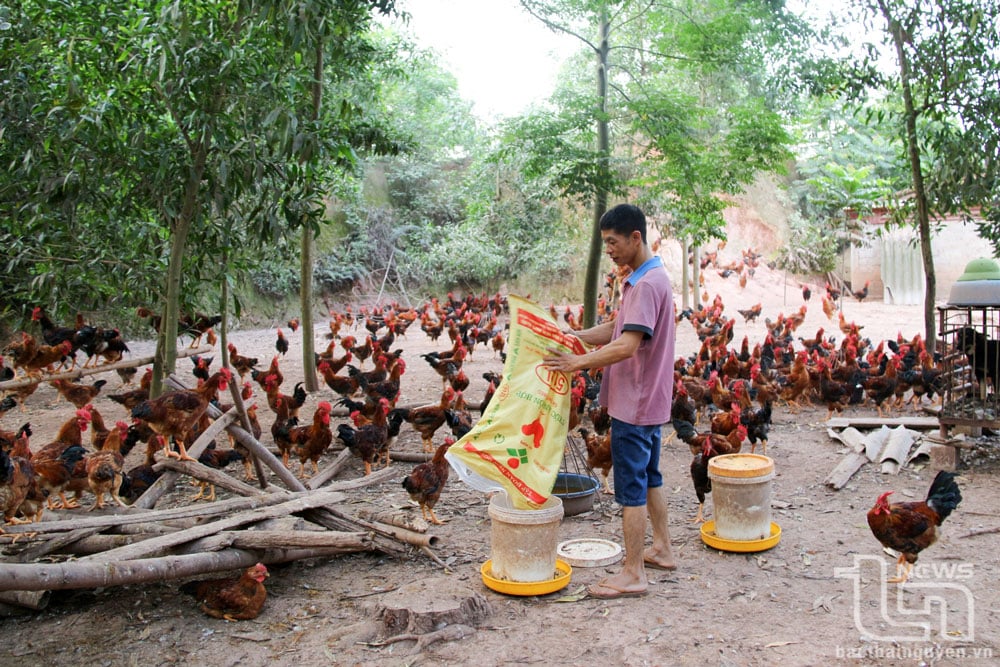 |
| Mr. Nguyen Van Hong's family, in Ngo hamlet, Tan Khanh commune (Phu Binh), combines forest planting with raising chickens under the forest canopy to increase income and improve the efficiency of forestry land use. |
In particular, the commune also encourages people to utilize the land under the forest canopy to raise free-range chickens. This model not only helps diversify income sources but also brings many practical benefits to forest development. Accordingly, chicken manure is a natural organic fertilizer source, helping to improve soil quality, creating conditions for better forest growth.
Thanks to synchronous solutions, the timber output in Tan Khanh commune has continuously increased, and the economic efficiency of planted forests has also been improved. In 2024 alone, the timber output will reach 2,280m3, an increase of 180m3 compared to 2022. In terms of economic value, for acacia trees - the main tree in the development of the local forest economy, people can earn from 100-120 million VND/ha after a 5-6 year cycle.
| In particular, with acacia areas that are well cared for and exploited after 7-8 years, the income value can exceed 170 million VND/ha. Forest economic development has contributed to changing the rural face of Tan Khanh commune and improving people's lives. Up to now, the average income per capita of the commune has reached 60 million VND/person/year, an increase of 5 million VND compared to 2023. The poverty rate of the whole commune is 3.6%, a decrease of 1.8% compared to 2023. |
Mr. Nguyen Dinh Hoai, Vice Chairman of the Commune People's Committee, said: To continue to improve the economic efficiency of the forest, in the coming time, the commune will continue to expand the area of concentrated production forests. On the other hand, the commune is also promoting training and guiding people to plant forests according to FSC standards. This is considered an important step to improve the quality of planted forests, increase access to export markets, and create higher added value for local wood products.
Source: https://baothainguyen.vn/kinh-te/202505/tan-khanh-nang-cao-hieu-qua-kinh-te-rung-94614fb/


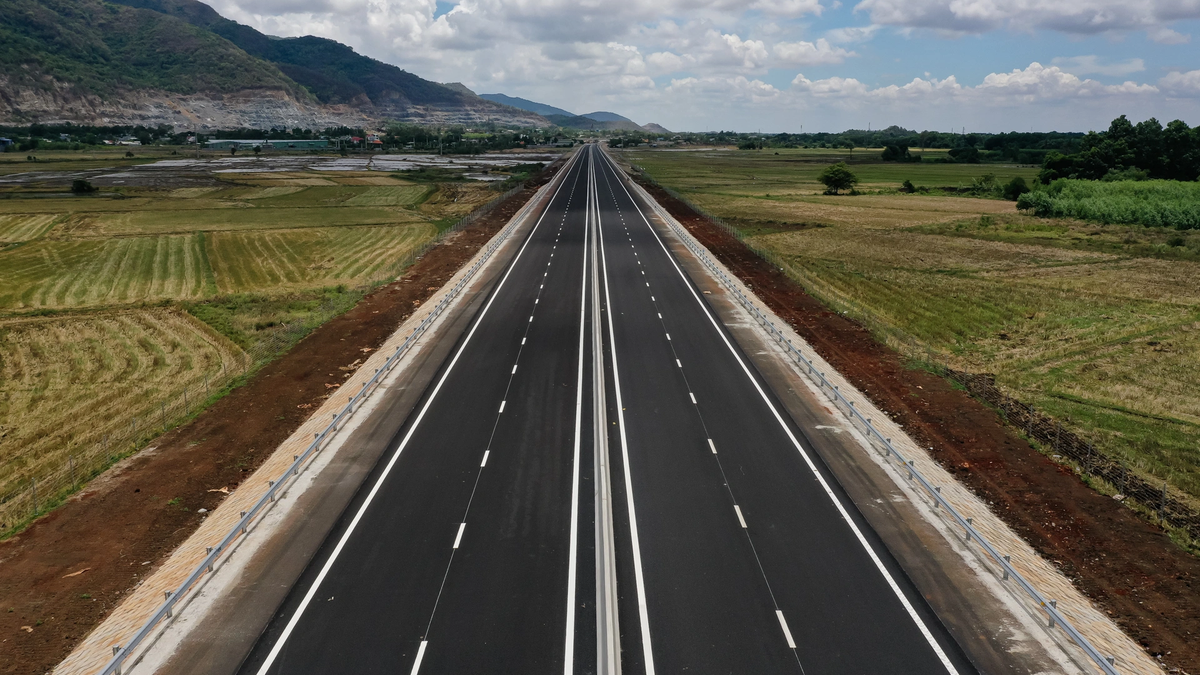
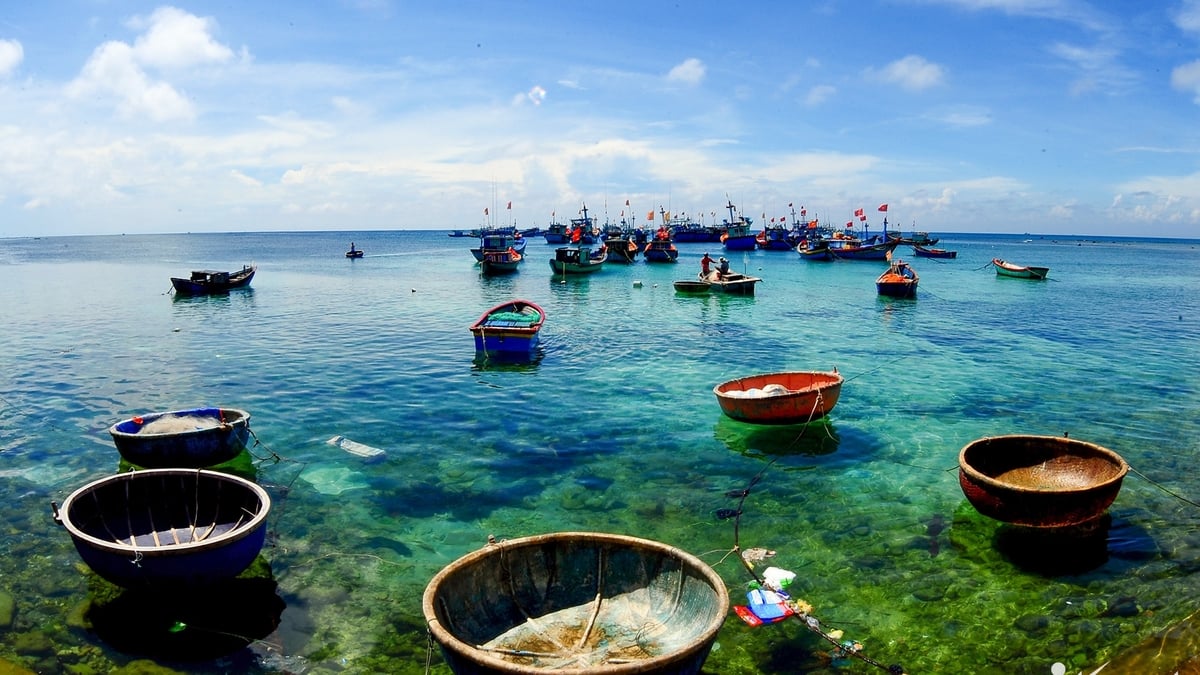
![[Photo] Party and State leaders visit President Ho Chi Minh's Mausoleum](https://vphoto.vietnam.vn/thumb/1200x675/vietnam/resource/IMAGE/2025/5/19/d7e02f242af84752902b22a7208674ac)
![[Photo] Special flag-raising ceremony to celebrate the 135th birthday of President Ho Chi Minh](https://vphoto.vietnam.vn/thumb/1200x675/vietnam/resource/IMAGE/2025/5/19/1c5ec80249cc4ef3a5226e366e7e58f1)
![[Photo] Party and State leaders attend the special art program "You are Ho Chi Minh"](https://vphoto.vietnam.vn/thumb/1200x675/vietnam/resource/IMAGE/2025/5/18/6895913f94fd4c51aa4564ab14c3f250)

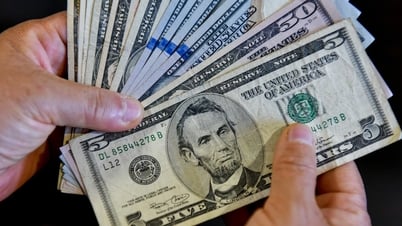

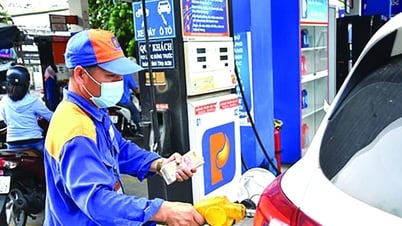
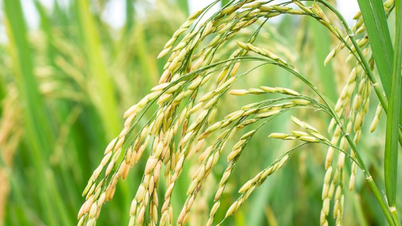

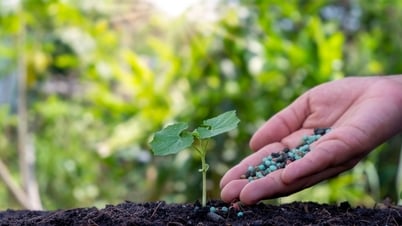
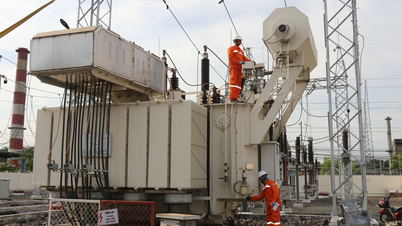

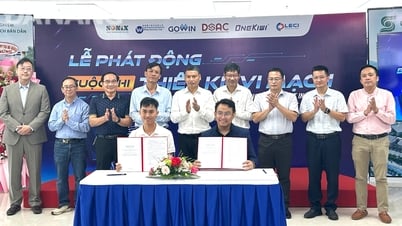





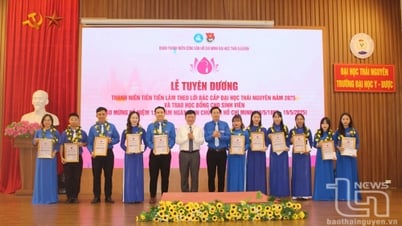

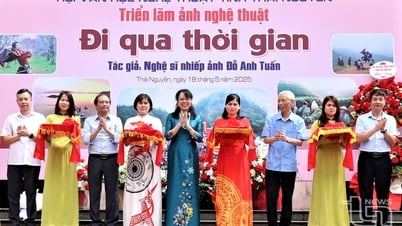



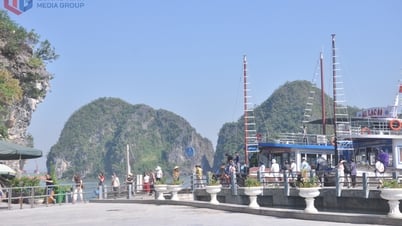



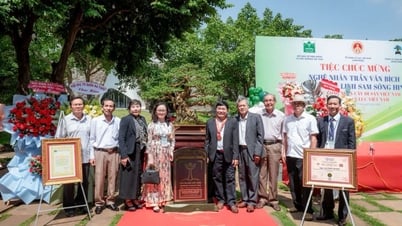











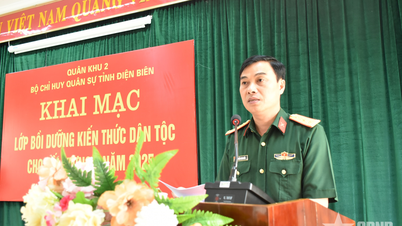
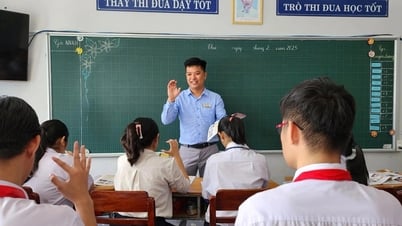



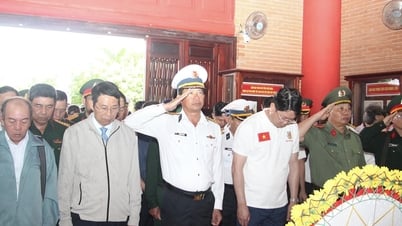

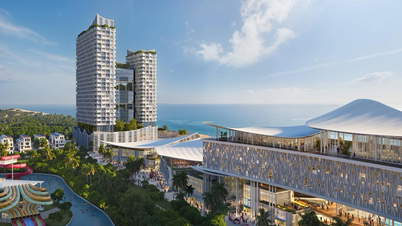

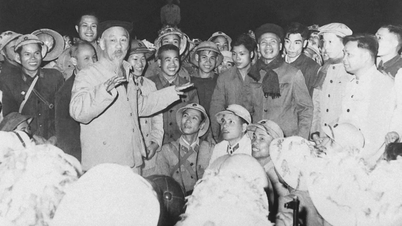
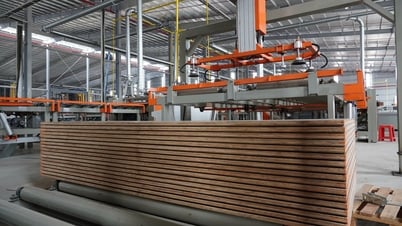

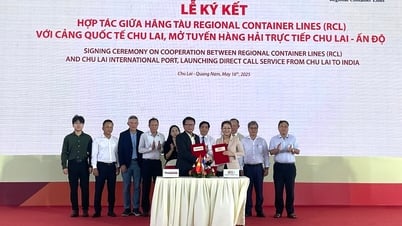








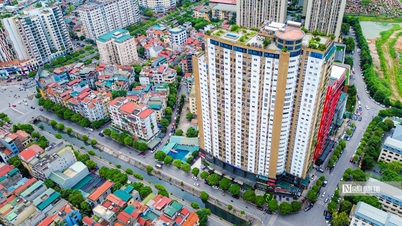

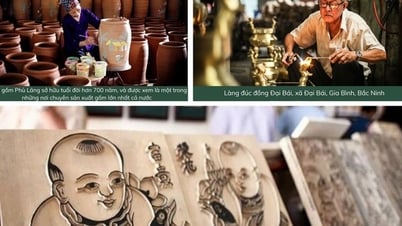



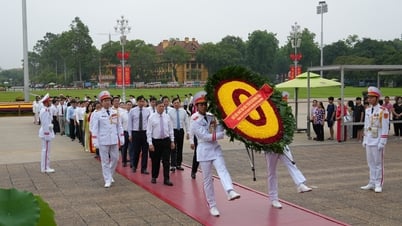

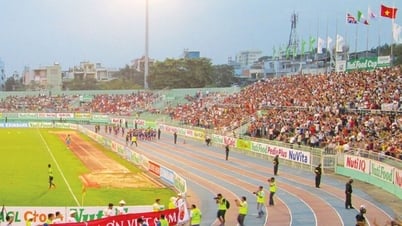
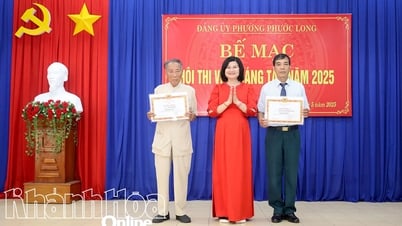














Comment (0)